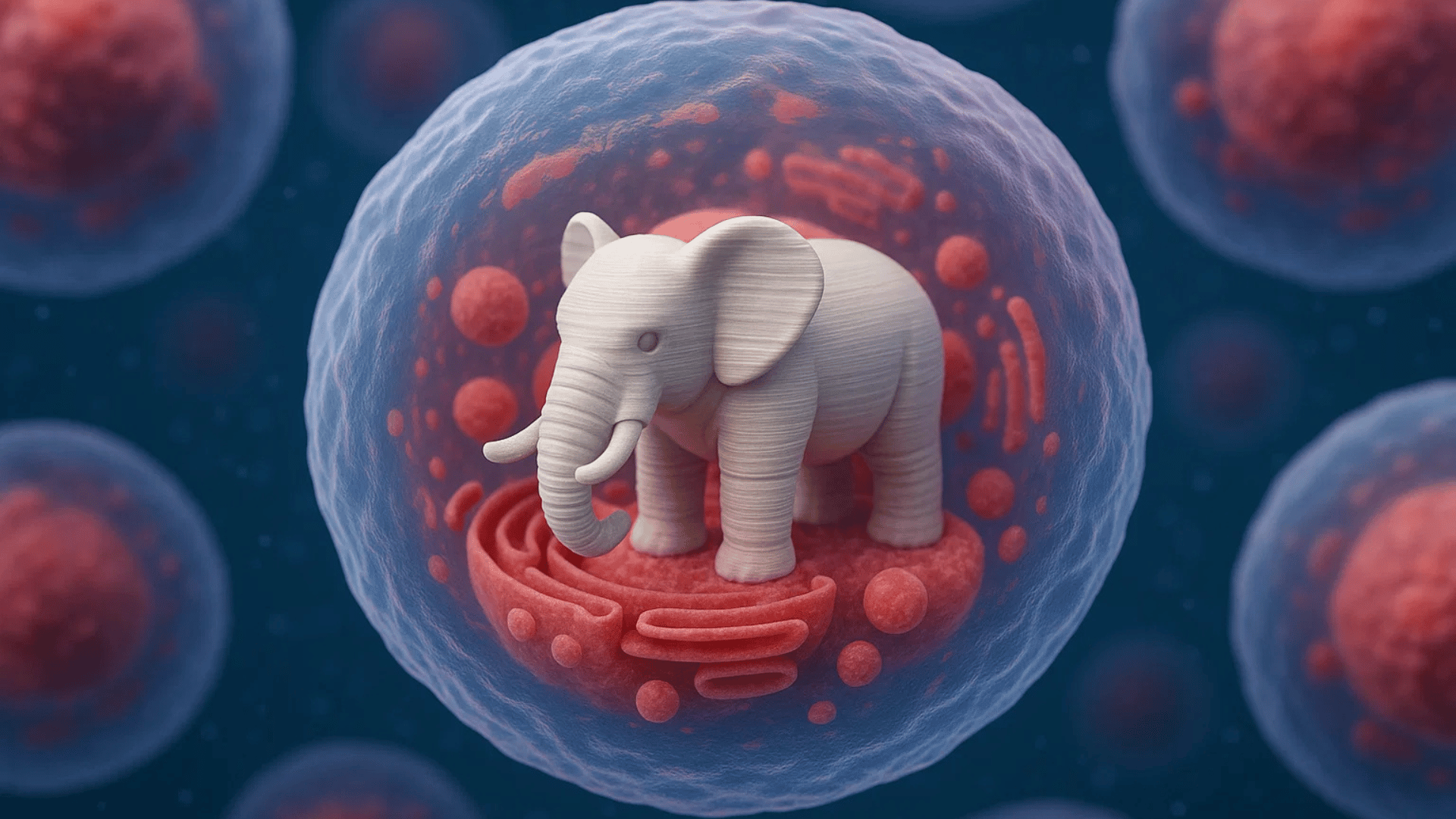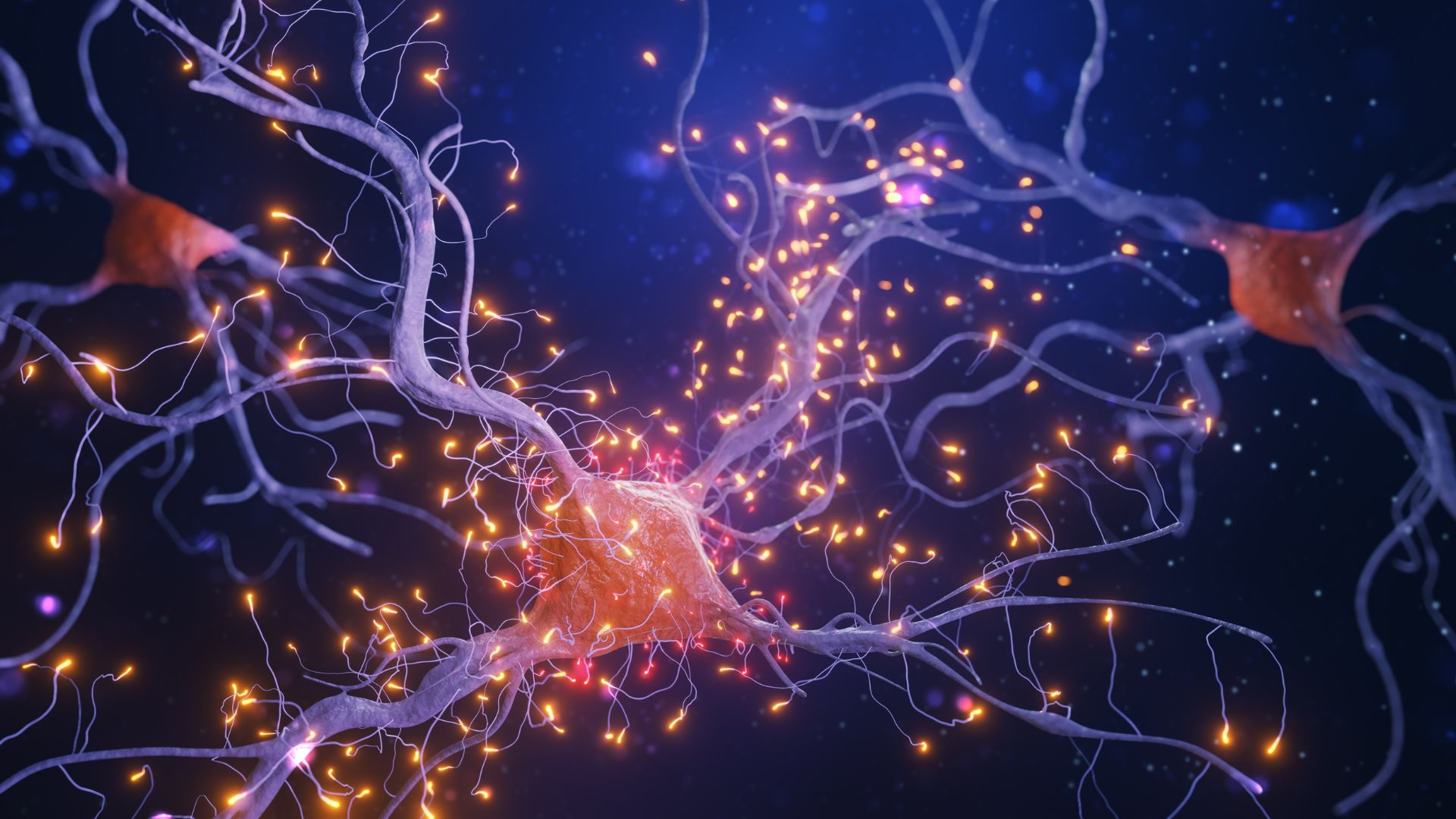Less than forty years ago, researchers at ARPANET (Advanced Research Projects Agency Network) began using TCP/IP to create a “network of networks.” This was the first instance of what would evolve into the modern internet. Mull on that for a moment: the internet, one of the defining features of modern life, has only been around for a few decades. And yet, it’s evolved so rapidly it hardly resembles the simple program those researchers were using in 1983.

For about seven years after ARPANET’s mission began, the internet was still fairly niche, only being used by military and professional individuals. New countries started their own services, expanding on the idea of global communications sparked by the launch of Sputnik in 1957. In 1989-1990, however, an employee at the European Physical Laboratory of CERN developed what he called the “World Wide Web.” Tim Berners-Lee created what is now considered the precursor to all modern websites, and the “www.” address is used to honor his creation. The World Wide Web opened to the public in 1991.
As the WWW went public, so did the first commercial versions of the internet. The services were all called dial-up, due to the requirement of a phone line. If you wanted to browse the web, any calls through a landline would be impossible. It was also slow and clunky, with file-sharing taking hours. Streaming video or audio was simply out of the question. While modems could amp up speeds somewhat, they were expensive. Nevertheless, services like Compuserve and AOL flourished during this time:
In the early 2000s, broadband began replacing dial-up. It was still slow by modern standards, but faster and more reliable than its predecessor. Some places still rely on broadband for internet, but this is increasingly rare. It’s more common to see broadband available for grounded connections through Ethernet cables or the like with Wi-Fi used for wireless devices. In fact, Wi-Fi has been available to the public since 1999, but the attachments needed to make it work were costly and difficult to come by.

Cable and fiber optic broadband are popular options as well, although are more suited for private businesses and homes than public spaces. Cable broadband is exactly what it sounds like: internet offered through cable television wires. It’s potentially faster than ADSL broadband but still unreliable. If the cable cuts out, so does the internet. Fiber optics are even faster by using fiber optic cables instead of the traditional copper wire. The most famous provider would be FiOS by Verizon.
Smartphones also had an interesting impact on the internet. Early on, the connection speeds were a whopping 9.6kps–even slower than dial-up. 2G would speed things up to home standards, but they wouldn’t hit their stride until the invention of 3G in 2001. Short for “third generation,” smartphones were now truly the successor to home computers and would continue with the release of 4 and 5G.
Lastly, there is the Internet of Things, made up of any device connected to the web. We covered this in depth in a previous article, but the basic concept is that home appliances could be controlled remotely using the internet. If you’re able to set your thermostat from your phone, for example, it’s considered part of the Internet of Things.

No doubt the internet will continue to evolve. Everyday connections are getting faster, new sites are introduced, and new appliances are added to the IoT. If it didn’t already dominate our lives, it would soon be the defining factor of our lives. And it’s not even half a century old yet.
Imagine if human evolution moved at the same speeds.







